Direct Booking?

Direct Booking?
Standing tall as the most revered, highest peak in Africa, Mount Kilimanjaro offers an adventure that’s high on the list of global ultimate treks. Before you lace up your boots and set out to conquer its icy crown, it is essential to be well-prepared.
Here are 13 eye-opening insights to help ensure your expedition is as safe, enjoyable, and ultimately a life-changing experience. This article covers the crucial details that can make or break your trek, ensuring you’re well-equipped for an adventure of a lifetime.

The Mount Kilimanjaro’s Uhuru Peak can be reached via several routes, each offering a unique adventure tailored to different experiences, fitness levels, and preferences. From the well-trodden Marangu Route to the demanding Umbwe Route, every route provides a unique trekking experience and unveil the Kilimanjaro differently. It’s not just about the scenic beauty along the way or conquering the summit at last; acclimatization and crowd levels are some of the crucial factors that can impact your trekking experience. Let’s admit it, longer routes generally offer better acclimatization opportunities, which is essential for avoiding altitude sickness. Whether you’re an experienced trekker or a novice, understanding the nuances of each route can make a significant difference.
As a responsible tour operator with years of experience on mountain trekking, Kilimanjaro Booking can only recommend the right itinerary and strategies based on your preferences and trekking experience, assisting you every step of the way to ensure that you’re not caught unprepared, and eventually increase your success.
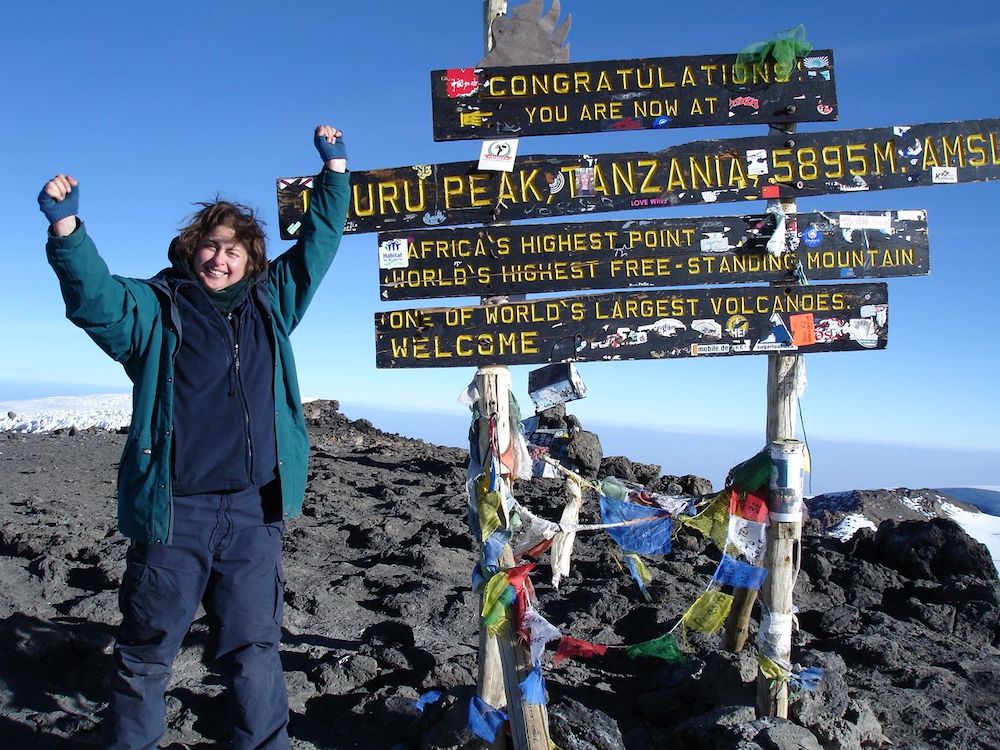
It’s tempting for most people to make assumptions about how tough or challenging trekking Kilimanjaro can be. As we’ll establish in point four of this article, altitude sickness, which is a common issue on Kilimanjaro treks, can hit even a healthy athlete. Denying this fact is self-deception and could hinder reaching your goal of making it to Uhuru Peak.
Physical preparation is key to conquering the majestic Kilimanjaro. This trek isn’t simply a walk in the park; it demands a solid level of fitness and stamina. It’s important not underestimate the dangers posed by certain terrains and altitude. As professional mountaineers, we recommend that you start training a few months in advance, focusing on cardiovascular exercises, strength training, and hiking practice. Remember, the slow pace on the mountain isn’t quite about speed but endurance. Your body is working harder at higher altitude, making every step more taxing.
A good fitness regimen not only boosts your stamina but also your confidence, ensuring that you’re ready to face the challenges that await you. If time is in your favor, consider adding an extra day during your trek to allow for acclimatization, thus increasing your chances of success.
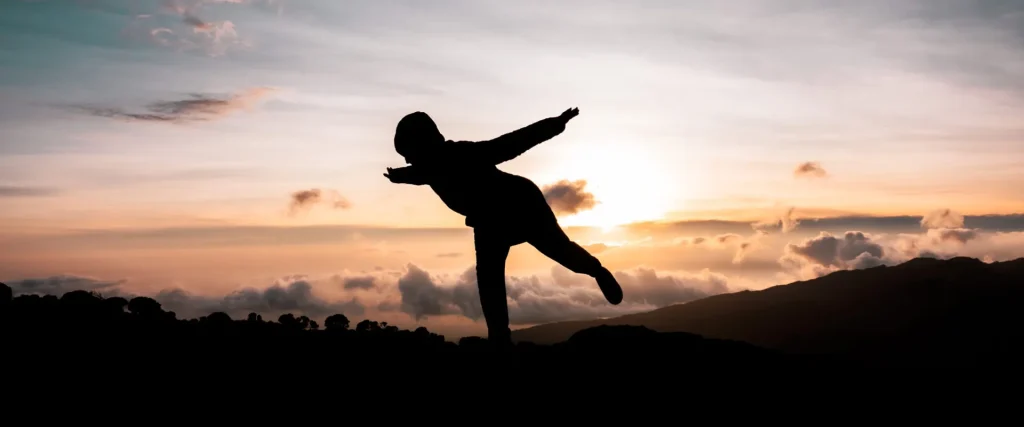
Altitude sickness is a serious concern on Mount Kilimanjaro, yet often underestimated by some trekkers—a group you definitely don’t want to be part of. Known as Acute Mountain Sickness (AMS) in its mildest form, it can quickly escalate to more severe conditions like High-altitude Pulmonary Edema (HAPE) or High-altitude Cerebral Edema (HACE) if ignored. As you ascend, the air gets thinner, and there is less oxygen to breathe. Symptoms such as headaches, nausea, and dizziness can occur if your ascent is in quick successions. It’s essential to recognize the signs early and respect your body’s limits.
To combat altitude sickness, a strategic acclimatization program is crucial. Embracing the principle of ‘Pole pole,’ which in Swahili language means ‘slowly, slowly,’ helps your body adjust gradually during the trek. Our guides at Kilimanjaro Booking know well about this, given their years of experience, plus they’re always equipped with important tools like oximeters and emergency oxygen tanks to take care of you on emergency situation. It’s essential to stay in close contact with your guide and honestly communicate any symptoms you may have begun to experience. Following their advice and respecting your body’s limits will make a significant difference.
Remember: Altitude sickness can affect anyone, regardless of their fitness level or age, so opting for a reputable and responsible trekking company like Kilimanjaro Booking comes in handy to ensure your safety and well-being.
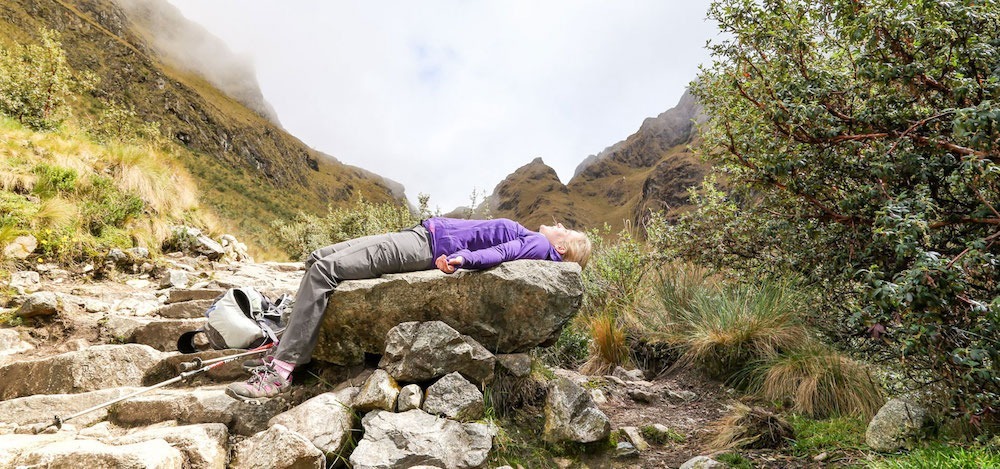
No trekker is allowed on Mount Kilimanjaro without a guide (and porters on longer treks), and for good reasons. These individuals are the backbone of your adventure when trekking Mount Kilimanjaro, to not only ensure your safety but also the overall success of the trek. At Kilimanjaro Booking, our guides are seasoned professionals with extensive experience navigating the mountain’s challenging terrains and help trekkers like yourself make their dreams a reality. They are well-versed in the mountain’s moods and adept at handling any situation, from weather changes to altitude sickness.
Guides and porters are more than just support; they’re companions who share highs and lows of your trek, making your experience richer and more meaningful. Primarily, the ultimate role of the porters is to carry your gear, set up the camp, and prepare meals, allowing you to focus on the trek and make the most it. It’s worth remembering that their hard work and dedication deserve respect and a generous tip – a customary gesture of appreciation for their hard work and dedication, as a for their vital role in your adventure.
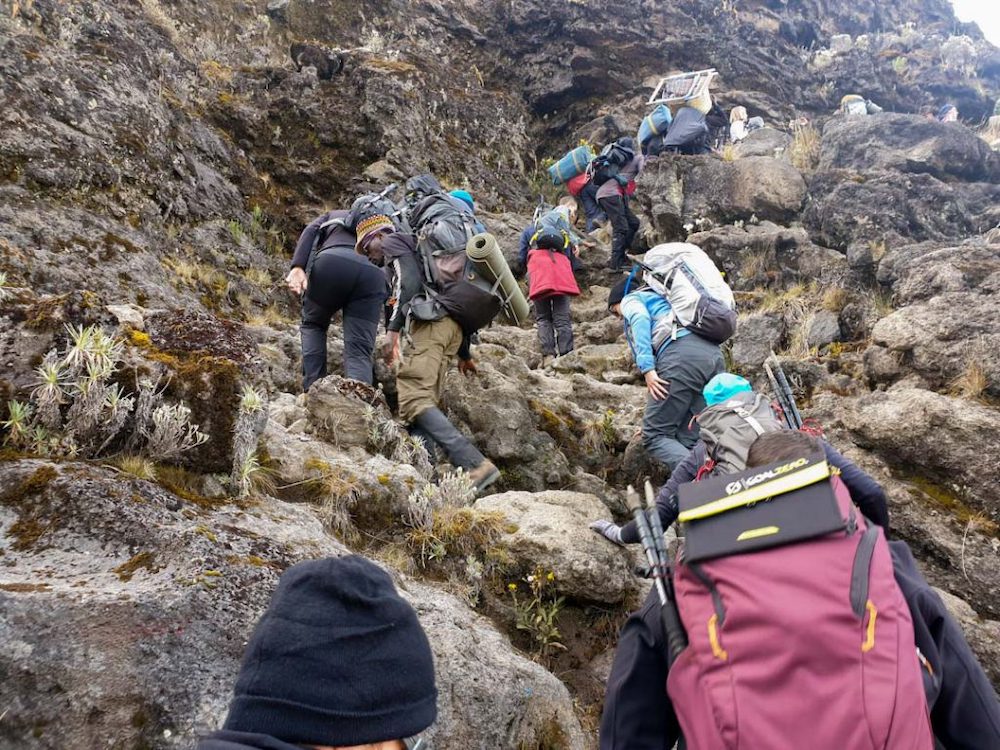
Packing for a Kilimanjaro trek requires careful consideration. The mountain’s climate can shift dramatically, from warm base camps to freezing summit nights, making layering essential. Start with moisture-wicking base layers, add insulating mid-layers, and finish with a waterproof outer shell. A good pair of trekking boots, a warm hat, and gloves are crucial. Snacks, especially those that meet your dietary requirements, can help maintain energy levels. Don’t forget a headlamp for those early morning starts—better light a candle than to curse darkness.
While our porters at Kilimanjaro Booking will handle the heavy lifting, your daypack will essentially be for carrying the essentials: snacks, personal first aid kit, toiletries, and other important items. Packing light not only helps your body cope with the challenging terrain and high elevations but also ensures you can move more comfortably. And don’t worry, we ensure that the luggage is divided equally among our porters to maintain fairness. A well-packed bag can make all the difference between an enjoyable trek and an uncomfortable experience.

Acclimatization is crucial for a successful Kilimanjaro trek, as it allows your body to adapt to the changing altitude. The phrase ‘don’t be caught unprepared’ resonates here, as ascending too quickly can lead to severe altitude sickness. This is where Kilimanjaro Booking comes into play, providing expert guidance on managing altitude. A proper acclimatization strategy involves a slow pace, allowing beneficial physiological adaptations to occur during repeated exposure to higher elevations. This gradual approach helps your body cope with reduced oxygen levels, essential for a safe and enjoyable trek.
For new trekkers, it’s recommended to limit exposure to no more than 20% on the first day and increase by no more than 20% on each subsequent day of the trek. Those with previous experience can push to 50% on day one, 60% on day two, and 80% on each additional day of the trek. Adding an extra day to your trek, like we’ve suggested earlier, can significantly boost your chances of reaching that icy crown at Uhuru Peak. Remember, it’s not a race; stay hydrated, eat well, and take it slow to maximize your success.
Kilimanjaro’s weather is as diverse as its landscape, varying drastically across its five distinct climate zones. While Tanzania experiences two dry seasons, Mount Kilimanjaro stands as an exception, with weather changes that can strike without prior notice. From the humid rainforest at the base to the frigid arctic conditions at the summit, be prepared for anything. It’s not uncommon for clear skies to give way to sudden snowfall, making it crucial to pack for both warm and cold conditions and always be ready for rain.
Understanding that different routes can present different weather and climate challenges is essential. Kilimanjaro Booking, as a responsible operator, ensures your safety by providing high-quality tents designed to withstand these diverse and often harsh conditions. Following the lead of experienced guides who know the mountain’s weather patterns can make all the difference. Being aware of these factors will help you prepare adequately and avoid the disappointment of postponing your trek due to unexpected weather conditions.
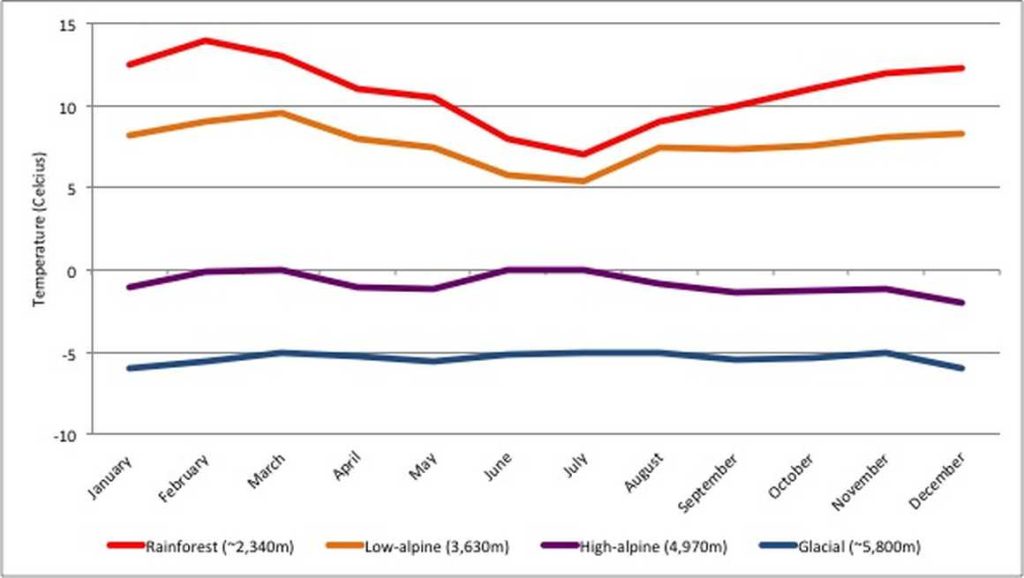
Accommodation on Kilimanjaro ranges from basic huts to camping in tents, depending on the route. Except for the Marangu route, all other routes involve camping, offering a closer connection to nature. At Kilimanjaro Booking, we ensure that your camping experience is as comfortable as possible, even amidst the rugged environment.
While it may not be as luxurious, the camaraderie among trekkers and the bustling activity of setting up camp add to the adventure. Remember to pack earplugs if you’re a light sleeper, as the hustle and bustle can sometimes be a bit noisy. Respect the shared facilities and keep your space tidy to maintain a pleasant environment for everyone. This simplicity allows you to focus on the trek and connect with your surroundings in a way that more comfortable accommodations might not.
At Kilimanjaro Booking, we prioritize making your stay as enjoyable and memorable as possible, so you can fully immerse yourself in the trek’s experience.
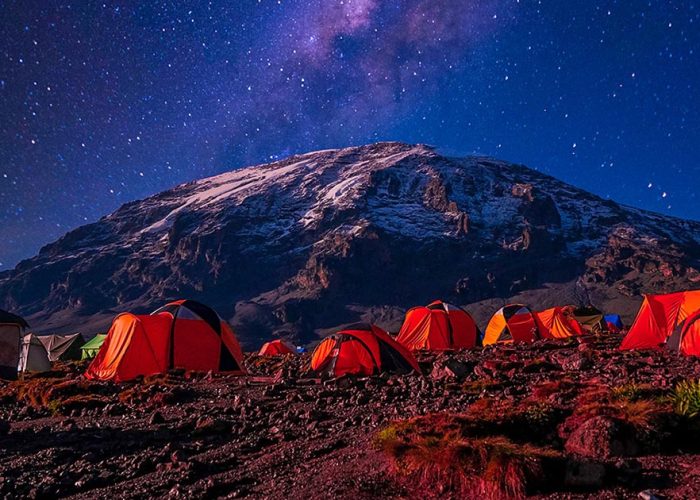
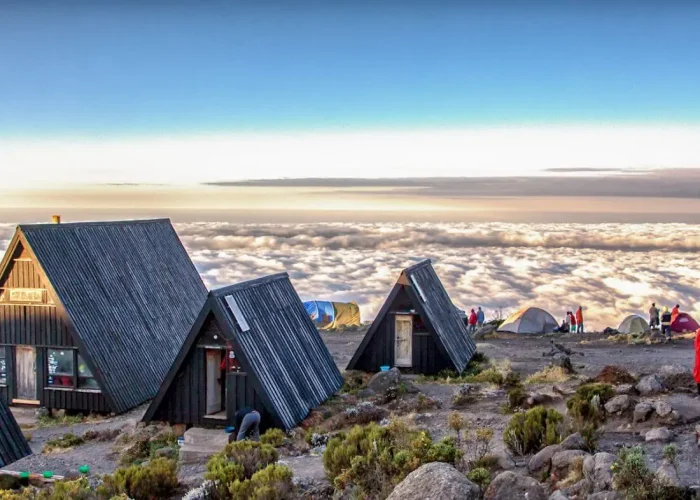
It goes without any question that proper nutrition and hydration are essential for any successful trek, transforming it into a manageable challenge. Trekking on high altitude levels is endurance-demanding moments of high-intensity effort, performed in a harsh environment and under moderate to severe hypoxic conditions. With this in mind, it’s vital to maintain energy levels and stay on schedule while hiking, and we at Kilimanjaro Booking emphasize a well-rounded, adequate diet to keep trekkers energized and healthy.
At high altitudes, your body burns more calories, and it’s easy to underestimate the importance of proper meals. While some small tour operators may offer cheap packages for Kilimanjaro trek, they often overlook this critical aspect, neglecting to resupply fresh groceries during the trek. This approach can compromise your experience and safety. At Kilimanjaro Booking, we ensure a steady supply and resupply of hearty meals and emphasize the importance of carrying a day pack with snacks like nuts, dried fruits, and energy bars, perfect options for hikers.
Staying hydrated is equally critical. The high altitude and physical exertion make it easy to become dehydrated. It’s important to drink plenty of water before, during, and after your hike, especially in hot and dry conditions where the risk of dehydration is higher. We make sure our clients have access to clean drinking water at all times. Remember, proper nutrition and hydration are key to coping with the altitude and enjoying your trek to the fullest.
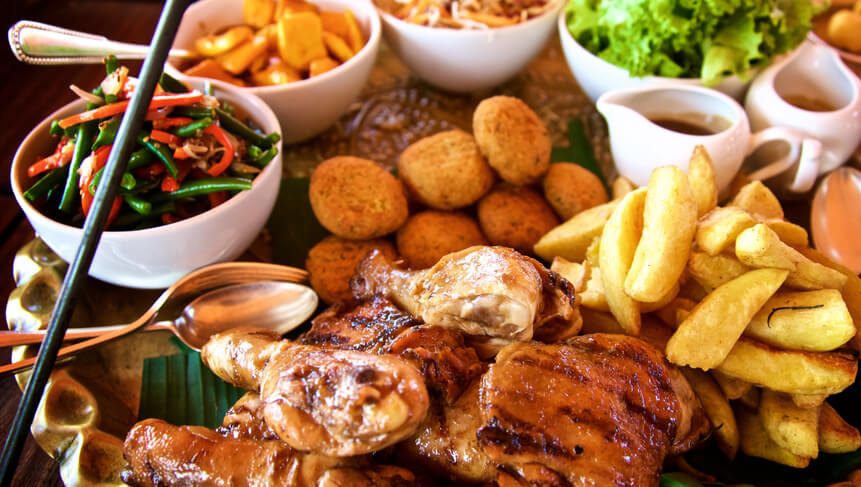
Summit night is the pinnacle of your Kilimanjaro trek, an unforgettable challenge requiring mental and physical resilience. It takes courage to attempt the Uhuru Peak, often starting around midnight. The climb is steep, with thin air making each step a struggle. Be prepared: the temperature can drop drastically, demanding appropriate gear and clothing. Preparing your summit gear the night before and getting enough sleep are crucial. This isn’t just a trek; it’s a challenging endurance activity that involves hours of hiking, sometimes in harsh conditions.
Kilimanjaro Booking prides itself on providing a well-planned acclimatization program, professional guides, and proper meals. Our guides will set a slow pace to help you acclimatize and conserve energy. Being as self-sufficient as possible and not relying too much on porter support should be a key consideration. Snacks and water are essential; avoid caffeine the night before the summit attempt, as it could disrupt sleep. Fatigue could become a major factor, requiring determination to push through, especially halfway to the peak when the effort seems overwhelming.
But don’t quit yet. Think of the beautiful views of the sunrise above the clouds, a sight that’s a big morale booster. This moment will be one of self-achievement, a memory you will cherish for life. As you near the summit, follow the instructions given by your guide carefully. Remember, the sunrise over the icy crown is a reward for your perseverance. The trek could feel tough at times, but history will remember your strides, and so will you.
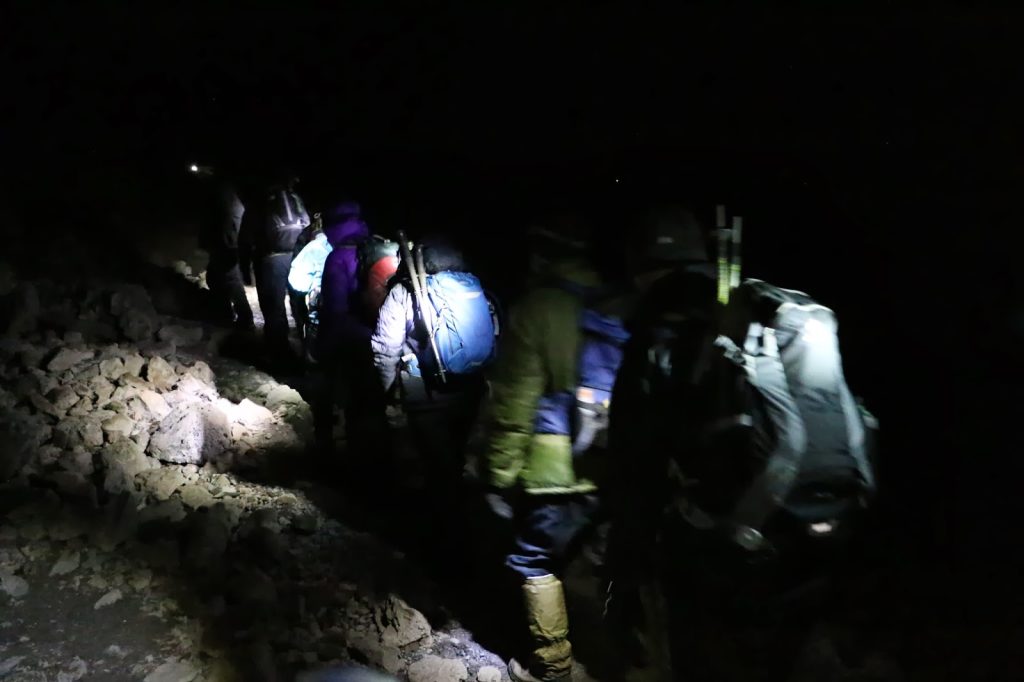
Trekking Kilimanjaro requires proper permits and adherence to regulations. These permits are typically arranged through your trekking company and include fees for park entry, camping, and rescue services. It’s important to respect the rules set by the Kilimanjaro National Park Authority to protect the environment and ensure the safety of all trekkers – the now and future generations to come.
This includes sticking to designated trails, avoiding littering, and not disturbing wildlife. Your Kilimanjaro Booking guide will provide a briefing on these regulations, and it’s crucial to follow them. Remember, respecting the mountain and its rules ensures a safe and sustainable trekking experience for everyone.
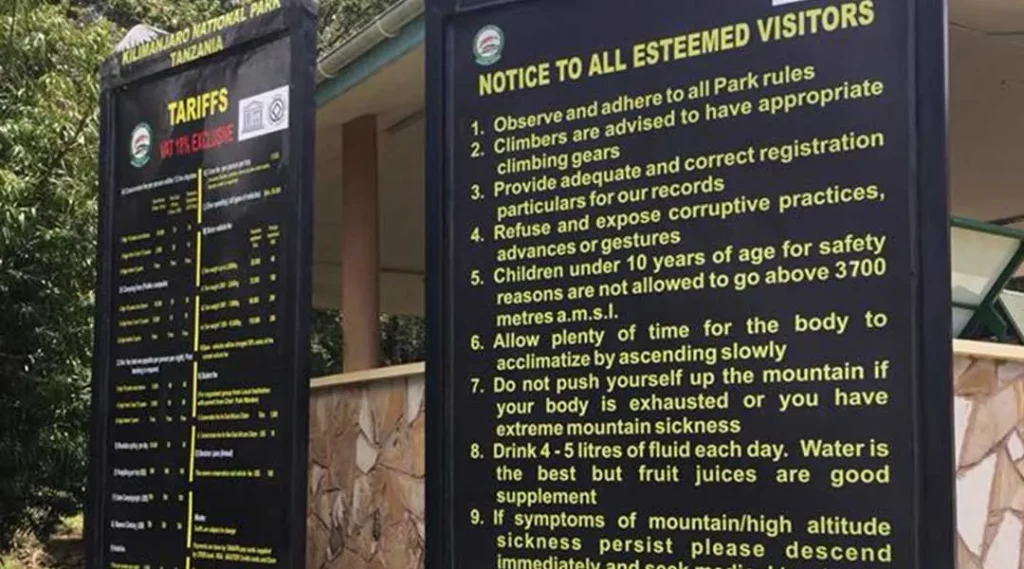
Engaging with the cultural heritage of host communities is a rewarding aspect of a Kilimanjaro trek. As a responsible traveler, respecting the authenticity of traditional values and traditions is crucial. At Kilimanjaro Booking, we encourage our guests to embrace the unique characteristics of each culture and community they encounter. Simple gestures, like learning a few Swahili phrases such as ‘asante’ (thank you) can open doors and hearts.
Understand that local customs may differ from what you’re used to, and it’s important to approach these cultural exchanges with an open mind and respect for their beliefs and practices. When interacting with locals, think of it this way: How boring would traveling be if you didn’t meet people along the way or at your chosen destination? Embrace these interactions positively, showing the local people the support and respect you would if visiting someone in their own home. Tipping is one of the customs in Kilimanjaro, providing a great opportunity to express your appreciation to the mountain crew for their service. This cultural exchange can be one of the most eye-opening experiences of your adventure.
Climbing Kilimanjaro is as much a psychological journey as it is a physical one. The trek challenges your body and mind, especially during summit night, where doubt, fatigue, and discomfort can creep in. The lack of internet and cellular connection offers a rare chance to disconnect from the busy world and reconnect with nature. Staying positive and taking it one step at a time is crucial. The support and encouragement from fellow trekkers and guides can be a powerful motivator. With the right mindset and determination, anyone can accomplish this truly life-changing feat.

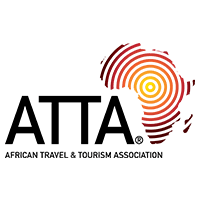
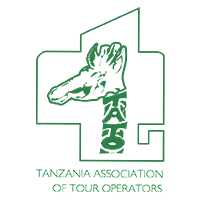
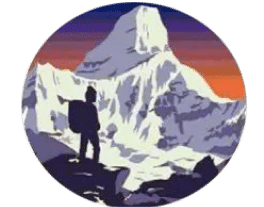
Tailor Made your Trekking

2024/2025 >> Click Here

